Are you considering an engine upgrade to 4HF1, and do you want to know about the common problems that it has? Wonder no more, for we have researched this question and found the answer for you.
The Isuzu 4HF1 diesel engine does not have any common issues. This can be attributed to the fact that the 4HF1 engine is commonly used with the NPR200—a commercial truck. Here are some common issues related to the 4HF1's use with the NPR200:
- Overheating
- DPD (Diesel Particulate Diffuser) or DPF (Diesel Particulate Filter)
- Suspension
Even though the list of common issues above belongs to the NPR200 and not to the 4HF1, it is important to understand these issues if you’re planning to do an engine swap with the 4HF1 so that you can avoid these problems after the engine swap. Read on!
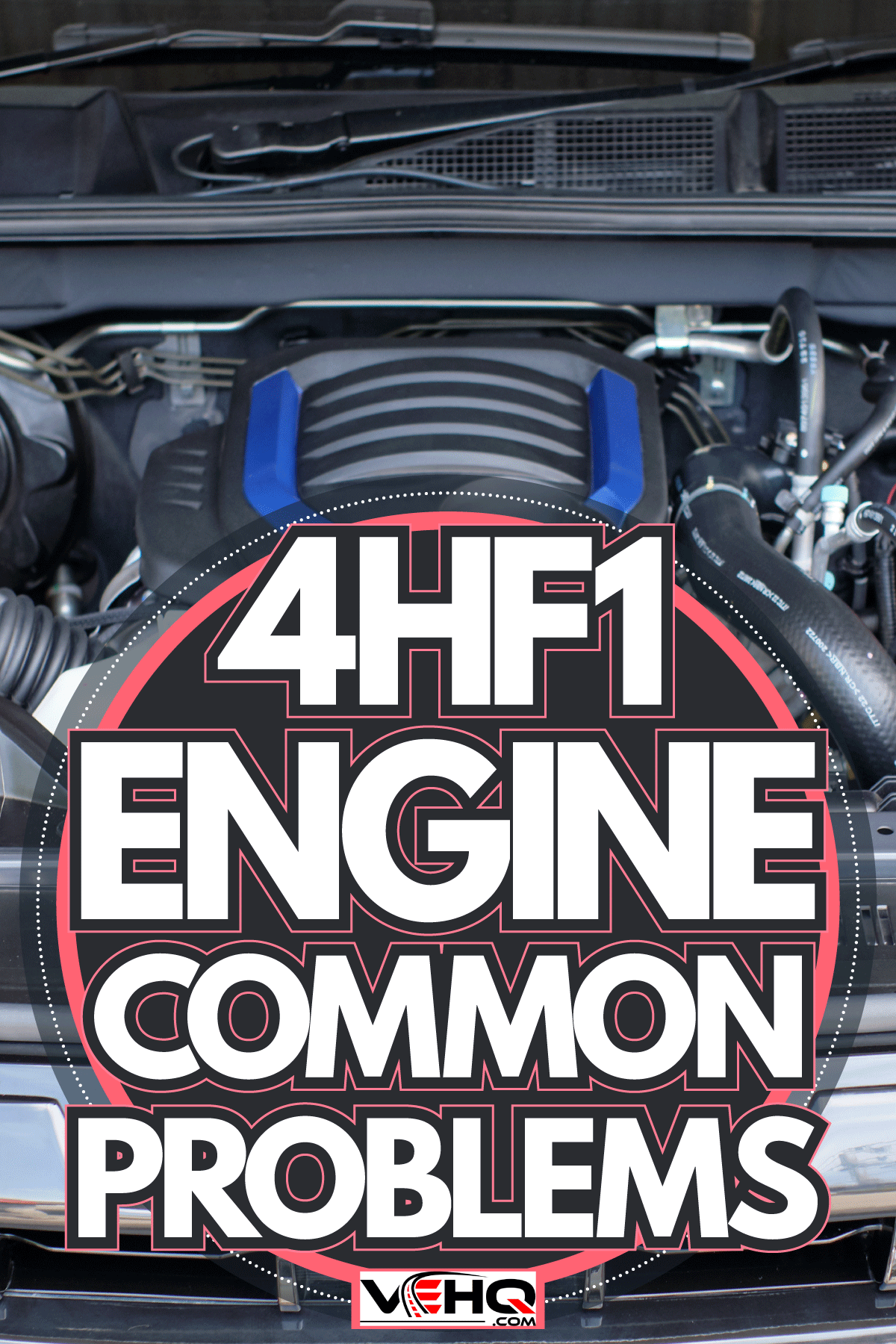
The Isuzu 4HF1 Engine
The Isuzu 4HF1 engine is a naturally aspirated (or NA engines) diesel engine. It is called naturally aspirated—or normally aspirated—because the engine uses the downward movement of the pistons during the first stroke to suck in air that is mixed with fuel. Once the combustion chamber is filled with the air and fuel mix, the piston will compress the mixture to be ignited by the spark plug.
One of the downsides of a naturally aspirated engine is that it relies on atmospheric pressure. This means that a vehicle equipped with the 4HF1 will lose power because of the lower air pressure at higher altitudes. This means that the engine will be getting less oxygen to burn its fuel supply during the first stroke.
Owners of full-size SUVs in the US sometimes consider the 4HF1 as a replacement engine. This is often the case if they want to replace the factory-installed gasoline engine in their SUV with a diesel engine.
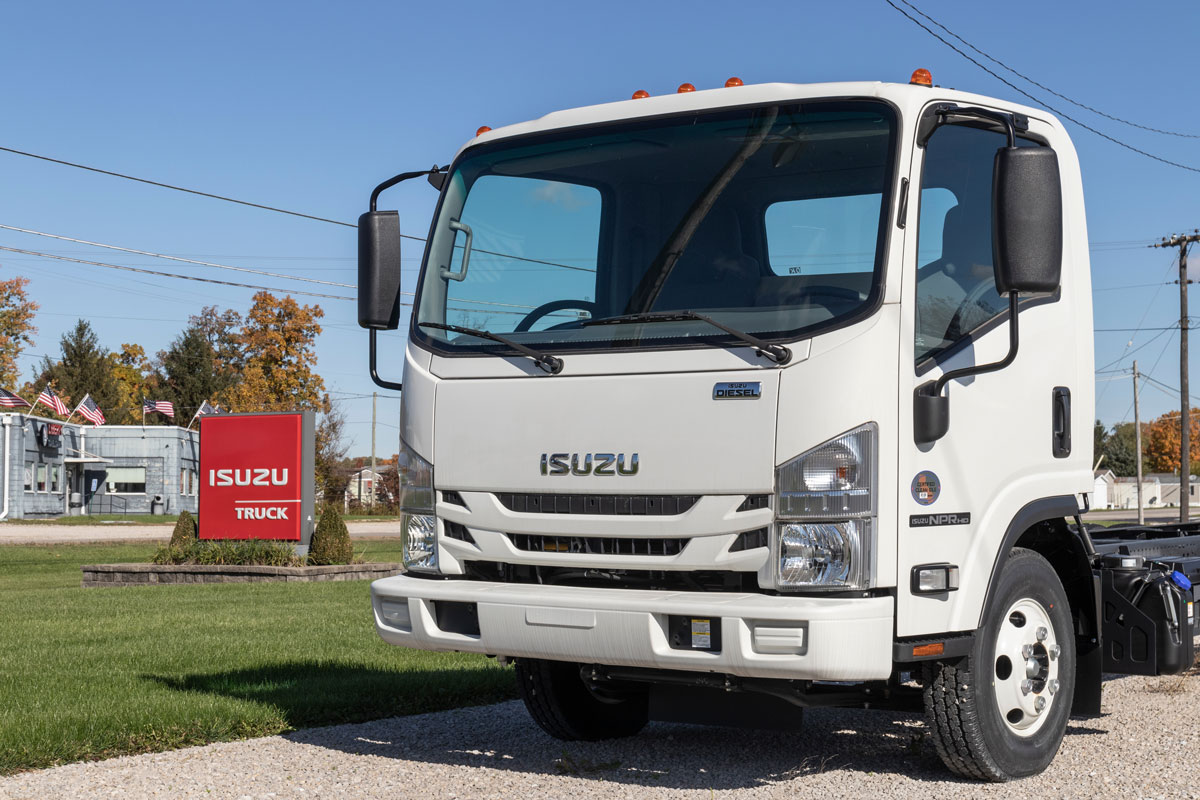
The engine swap to 4HF1 is never straightforward, but the cost and reliability of the 4HF1 make it a good option for diesel engine enthusiasts. It produces 118 horsepower at 3,200 RPM and 210 ft-lb of torque at 1,800 RPM.
4HF1 Common Problems
There are no common problems with the 4HF1 engine itself. The 4HF1 was first used with the 1998 NPR200, and the problems of that truck revolve around the cooling system, suspension, and the DPD/DPF (Diesel Particulate Diffuser, a.k.a. Diesel Particulate Filter).
Because of the problems with the cooling system, the 4HF1 was known to suffer overheating issues and blown head gaskets.
Overheating Issues On The 4HF1
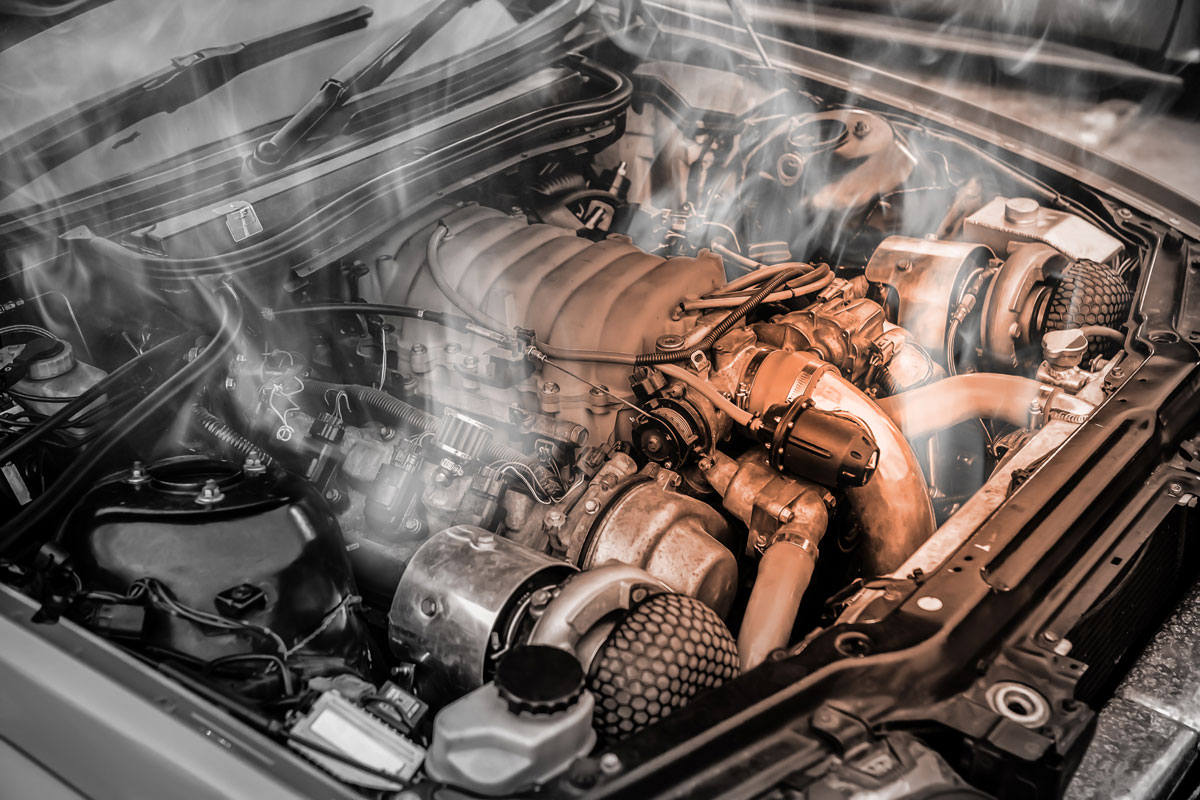
The 4HF1 is a water-cooled engine. This means that a cooling system that circulates coolant around the engine and to the radiator will have to be effective at cooling the 4HF1 even during the warm months.
Radiators are used by your car to absorb the heat coming from the engine. The radiator then uses the movement of air across its many fins to dissipate the heat and cool the coolant or antifreeze.
Radiator fans increase the airflow through the radiator to increase its effectiveness. A greater airflow equates to a greater cooling capacity.
Some stock cooling systems in the NPR200 have been known to cause the 4HF1 to overheat and blow the head gasket. When making an engine swap to the 4HF1, it is important to check if the stock cooling system in your SUV will be able to cool it sufficiently. If not, then an upgrade to the cooling system might be in order.
A simple radiator cap upgrade to a high-pressure-rated radiator cap can help prevent the coolant from boiling.
Check out this ACDelco GM radiator cap on Amazon through this link.
If a radiator cap upgrade is not enough to keep your 4HF1 at that sweet spot of maximum power and minimum heat, you might need to upgrade to a performance radiator. Aluminum radiators with dual-pass designs can cool hot coolants better because it traps more heat and dissipates it better. This results in a coolant with a lower temperature before going back to the engine.
Upgrade the radiator fan to match the performance radiator, and you will never have to worry about overheating on your 4HF1.
DPD Problems
A DPD or DPF uses a system of ceramic substrates to trap particulates like ash and soot as they escape from the 4HF1 through the exhaust system. It stores the particulates and converts some of them later in the process of passive and active regeneration.
When the diesel engine produces enough heat while you’re driving your vehicle, the DPD will use that heat to subject the soot (or carbon) to a chemical reaction that combines it with oxygen. This chemical reaction turns carbon and oxygen into carbon dioxide. Since carbon dioxide is a gas, it will pass through the DPD.
Unfortunately, using low-quality fuel, the wrong engine oil, or running a vehicle on a low fuel level can cause the DPD to get clogged. So, keep in mind that you have to use the right kind of engine oil for a swapped 4HF1 and always use high-quality fuel to prevent DPD clogging issues.
Additionally, if you’re going to do an engine swap with 4HF1, you need to be sure that the stock DPD can handle the exhaust coming from it. If the 4HF1 has a larger displacement than your stock engine, then it will likely produce more exhaust. You might need to clean your DPD more often to get rid of the ash before it clogs the DPD.
There are DPD scanners that tell you when it is time to clean your DPD. These tools can be useful to avoid DPD clogging.
Check out NEXAS heavy-duty scanner, available on Amazon through this link.
Suspension Issues On NPR Trucks
The NPR trucks with 4HF1 had some reports of bad suspension. However, once again, this is not a common issue with the 4HF1 nor with the NPR200. Despite this, the suspension is still a good topic to talk about for engine swaps to 4HF1.
As we’ve mentioned earlier, the 4HF1 is a naturally aspirated engine, and these types of engines produce power based on the volume of displacement. This simply means that they follow the idea that bigger is better.
Newer engines, on the other hand, are designed to produce an equivalent amount of power despite their smaller size.
This is an important consideration because this means that the suspension on your SUV or truck is designed to support the weight of a smaller engine. When swapping to the 4HF1, your stock suspensions might not be able to support its weight plus the weight of cargo and passengers.
Additionally, some engine swaps to the 4HF1 might be to have a bigger towing and hauling capacity. Carrying heavy loads means you need to have better suspensions. Consider upgrading your suspension when you swap your engine to the 4HF1.
How many miles do Isuzu diesel engines last?
Isuzu gasoline engines can run up to 10,000 miles before it needs to have an oil change. This minimizes maintenance downtime. Isuzu diesel engines are also designed to last for 310,000 miles with proper maintenance.
Why is the Isuzu engine noisy?
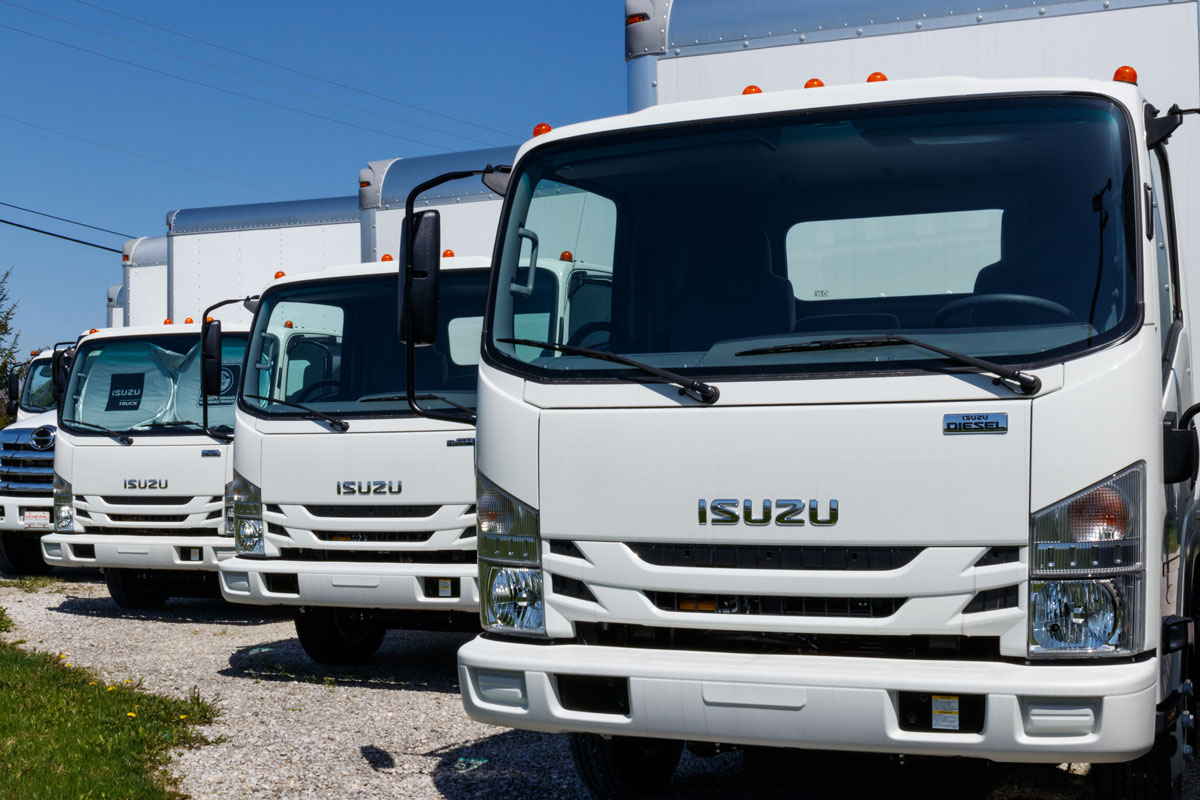
Diesel engines are naturally noisy because diesel engines operate at a higher cylinder pressure. When you accelerate a diesel engine, the increase in pressure during combustion is so fast.
These factors make diesel engines vibrate a lot more than gasoline engines. Additional vibration in the engine generates more noise.
And with diesel engine noise in mind, Isuzu partnered with Brüel & Kjær to develop a software for mapping sound quality. The software can be used to improve not only the dampening of sound from Isuzu engines but also the quality of audible sound.
Thus, Isuzu diesel engines may not become totally quiet anytime soon, but you can expect the sound to be less irritating.
How many miles can you get out of an Isuzu NPR?
Isuzu NPRs are known to easily make it to 100,000 miles. NPR's with 100,000 to 200,000 miles can easily be found still being used as commercial trucks for businesses.
Proper maintenance is important to get the most out of an Isuzu NPR.
Finding mechanics that know how to work on an Isuzu NPR is also important. Regular car mechanics don’t always know how to work on an Isuzu NPR because this truck has always been purchased for commercial fleets only.
Does Toyota use an Isuzu engine?
Toyota has outsourced the production of some of the diesel engines that it uses to Isuzu since 2012. The aim is to catch up in the field of diesel vehicles. Toyota is a leader in gasoline-electric technology but lags behind competitors when it comes to diesel engines.
Toyota also bought Isuzu stocks two years before to gain access to Isuzu’s diesel engine expertise.
What diesel engine is in Isuzu NPR?
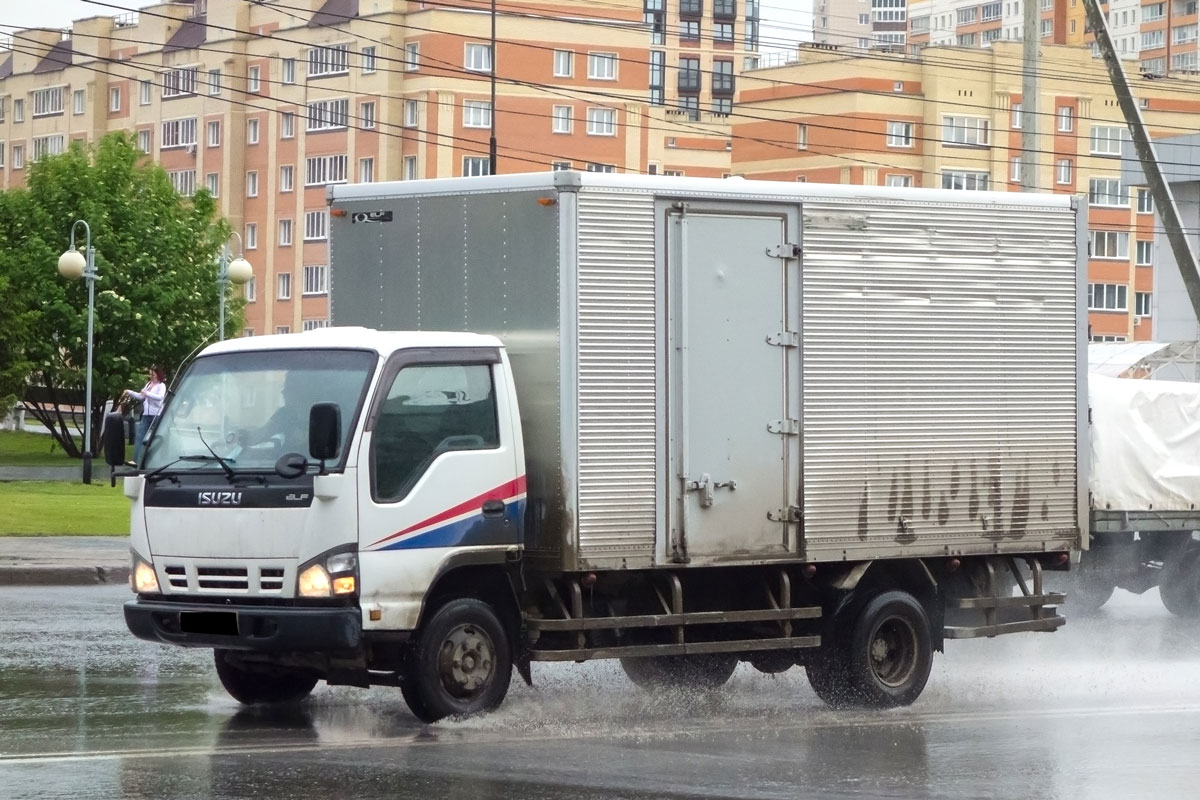
Newer Isuzu NPR models come with three different engines. The standard NPR engine is a 6.0L Vortec V8 engine that is combined with a six-speed automatic transmission. It can generate 297 horsepower and 372 lb-ft of torque.
The NPR can also be bought with an optional 5.2L Intercooled Diesel Engine. It that can produce 215 horsepower and 452 lb-ft of torque.
Lastly, a 3.0L Turbocharged and Intercooled Diesel Engine can also be installed on the NPR. This option can produce 150 horsepower and 282 lb-ft of torque.
Conclusion
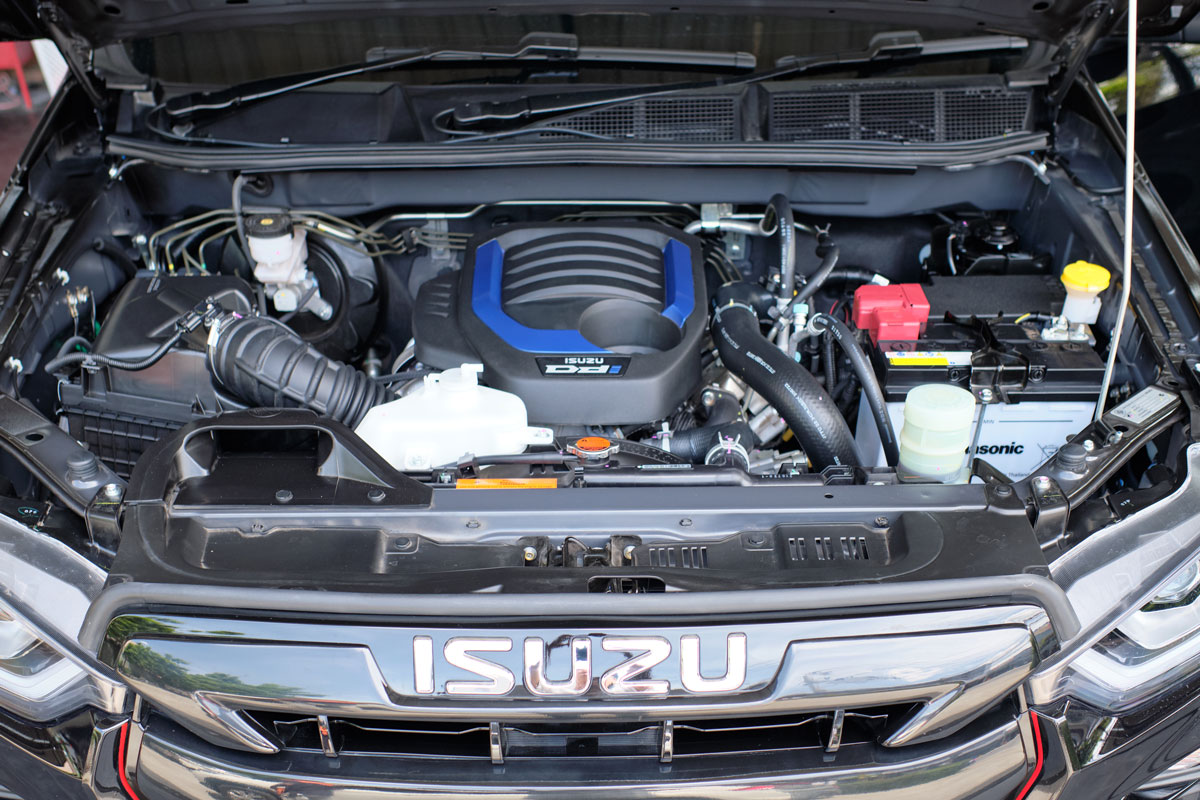
There are no common problems with the Isuzu 4HF1 diesel engine. Isuzu engines are known to be reliable, and the 4HF1 is no exception.
If you enjoyed reading this article, you might find the articles below equally enjoyable to read:


